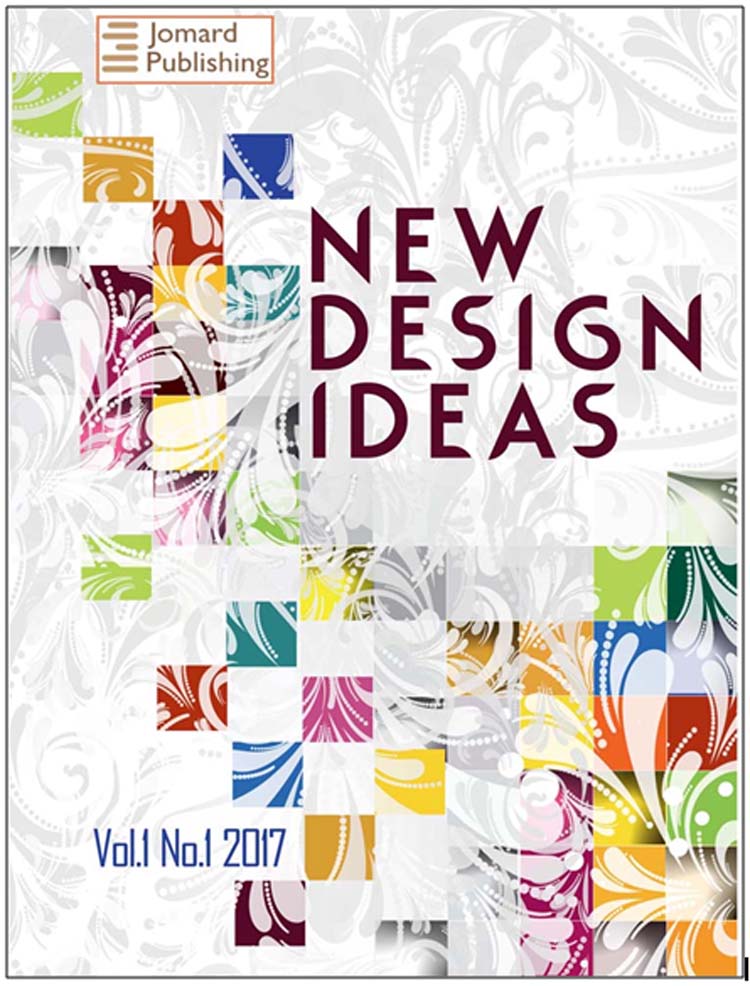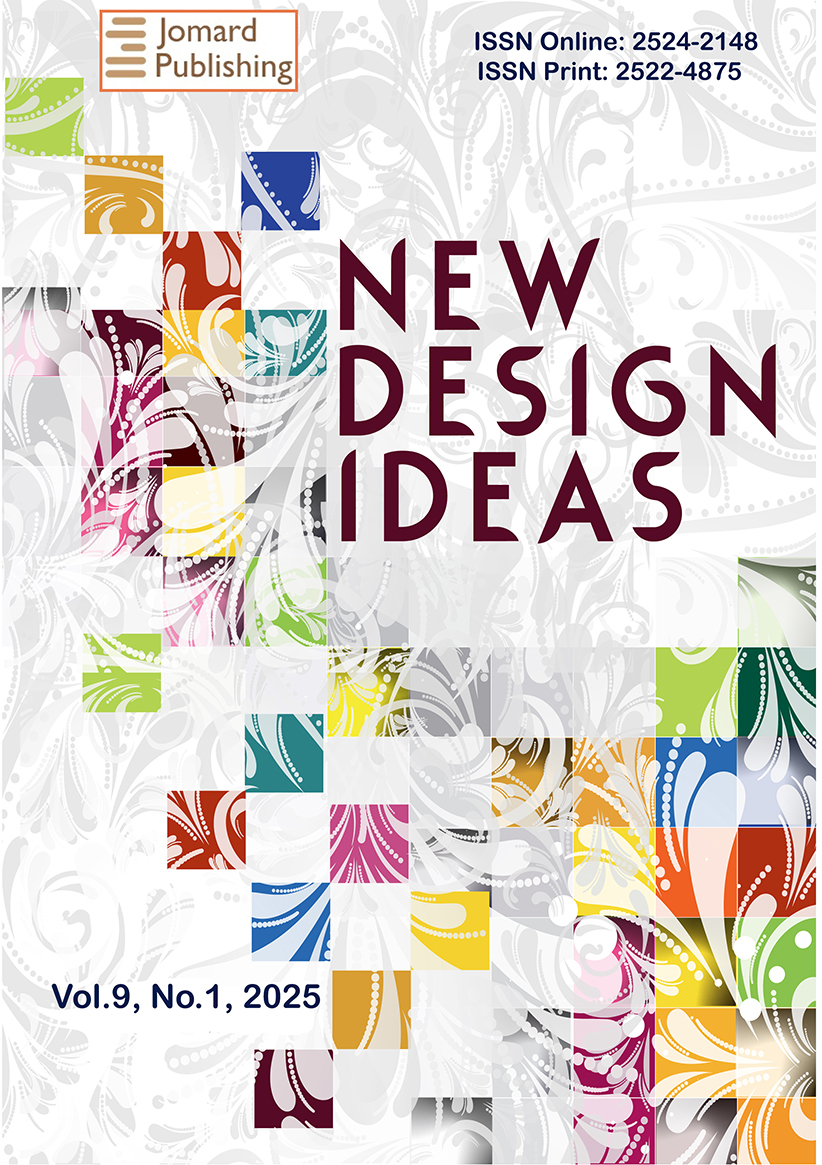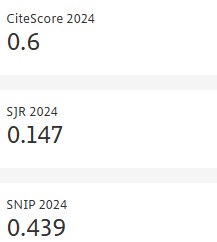A DESIGN METHOD FOR ENHANCING WELLBEING THROUGH INTEGRATING POSITIVE DESIGN AND THE HOW OF HAPPINESS
- Published: 02-04-2025
Share
The COVID-19 pandemic has heightened human’s awareness on immaterial elements such as work-life balance and self-care. Consequently, designing for well-being has gained significant research interest. This paper explores constructing a design method to serve as a guide for designers aiming to create solutions with a sustainable impact on happiness. This research method is Qualitative Content Analysis (QCA) to investigate the connection between positive design and positive psychology. By connecting positive design with positive psychology, researchers can gain a deeper understanding of human strengths and virtues that contribute to happiness, resilience and fulfillment, providing a rich theoretical framework to draw upon. First, the study conducts an extensive literature review, critically analyzing existing literature on positive design to study the concept of design for happiness. The research also examines positive design to understand the concept of the how of happiness. From here, key components that play major role in human happiness are identified. Then, conceptual mapping techniques are used to visually illustrate the relationship between these paradigms and supporting research studies are also identified to strengthen patterns, relationships and themes within design for happiness and the how of happiness. Additionally, expert interviews were conducted to validate the findings of the conceptual mapping process. Drawing on insights from the conceptual mapping, the research has produced a theoretical based design tool to help designers create solutions that align with the concept of design for happiness from positive design literature and the “how of happiness” from postive psyhology literature. This tool, named the Integrated Happiness Matrix, serves as a valuable resource during the empathize and ideation stages of the design thinking process. The matrix incorporates key elements of design for happiness and adopts interview questions inspired by the strategies outlined in the “how of happiness” literature. This matrix facilitates the gathering of multiple user contributions. Designers can utilize it to guide interviews during the empathize stage and combine user responses to spark creative ideas, thereby fostering creativity and embracing diverse perspectives. Overall, the design matrix offers a structured approach to gather insights and generate innovative ideas, focusing on the factors that contribute to people's happiness. Theoretical implications of this research include the bridging of design theory and positive psychology, thereby offering a comprehensive framework for designing with a focus on enhancing happiness. From a practical standpoint, the integrated happiness matrix serves as a valuable tool for designers by guiding them through the empathize and ideation stages of the design thinking process. Through the adoption of this approach, designers have the potential to positively influence users' well-being and contribute to overall life satisfaction by creating products and experiences that prioritize happiness and well-being.
- View 1256
- Downloads 146
- Saveds 0
- Citations (Crossref) 0


